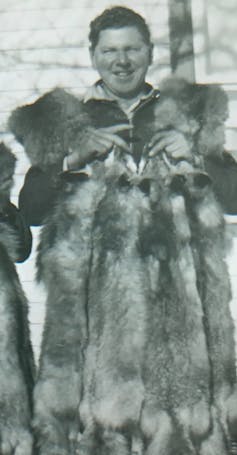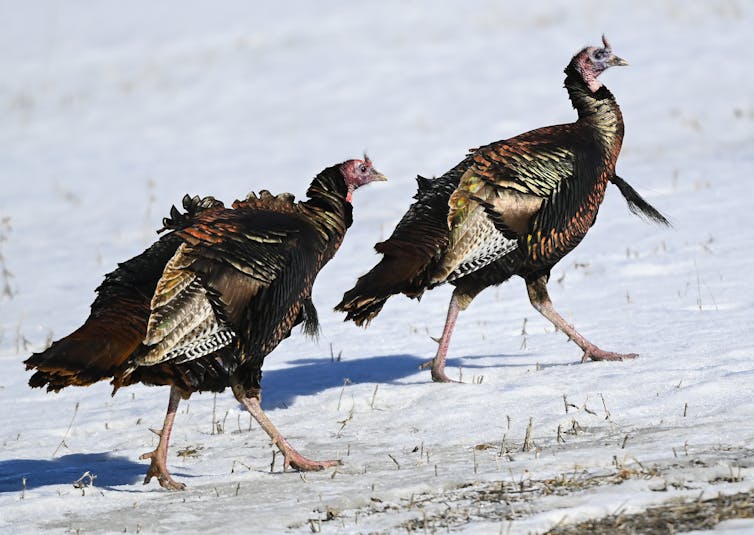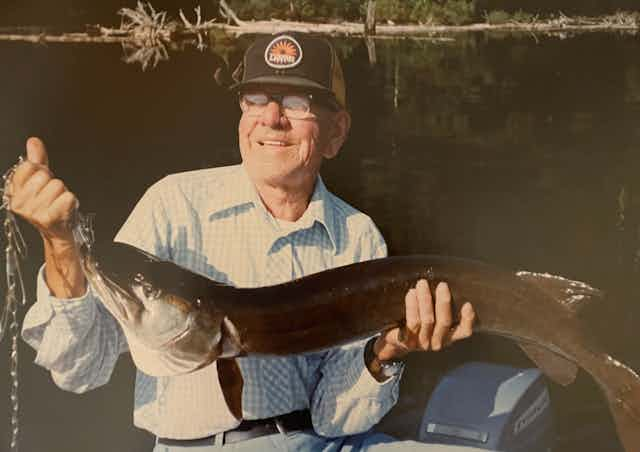One hundred years ago this November, the governments of Canada and Ontario signed treaties with First Nations of the Chippewa of Lake Simcoe (Beausoleil, Georgina Island and Rama) and the Mississauga of the north shore of Lake Ontario (Alderville, Curve Lake, Hiawatha and Scugog Island).
The Williams Treaties (1923), also known as the Williams Treaty (named after Angus S. Williams, the provincial negotiator) pertained to over 20,000 square kilometers of land in exchange for a one-time cash payment of $25 per person.
Since then, the signatories have shared how they were forced to sign the treaties, without lawyers, during one-day negotiations, and never were told about the loss of hunting and fishing rights.
Oral histories from treaty educator Maurice Switzer, and former Alderville chief and community historian Dave Mowat now consider the Williams Treaties as being among the worst treaties in Canadian history.
A 2018 agreement between the Williams Treaties First Nations and the governments of Ontario and Canada settled litigation about land claims and harvesting rights in the region. But the seven First Nations continue to grapple with the legacy of empty promises and ongoing questions.

Includes some Greenbelt lands
The Williams Treaties cover lands between Georgian Bay and the Ottawa River, and along the shore of Lake Ontario up to Lake Simcoe.
Earlier this year, the seven Williams Treaties First Nations again asserted that lands will continue to be protected despite the provincial government’s plan to develop the Greenbelt, which overlaps in the southern parts of the territory.
Chief of Alderville First Nation, Taynar Simpson, explained the cultural importance of these lands, and that development could “damage water systems and wetlands that supply groundwater, reduce flood risks and improve climate resilience.”
Encroaching on Indigenous lands
When the Williams Treaties were signed in 1923, the impacts of colonization had already existed in Anishinaabeg territory for more than a century.

A wave of new settlement had already encroached onto Indigenous lands in central Ontario and both the forestry and mining industries had already started operations.
The punishing aspects of the Indian Act, which included the creation of new reserves, and the implementation of residential and Indian Day Schools, had already existed in this region for decades.
The Alderville Manual Training School (later Residential) was first opened in 1836 and numerous other Indian Day Schools existed throughout all seven Williams Treaties First Nations.
Impacts on lands, manoomin, animals
These restrictive policies were coupled with a complete reconstruction of Anishinaabek traditional lands and waterways. Through the building of the Trent-Severn waterway, thousands of acres of manoomin (wild rice) were destroyed.
Overharvesting of these regions by settlers resulted in the extirpation of key animals such as salmon and eels, the extinction of the passenger pigeon, and massive declines in wild turkey populations.

Continued practise of ways of life
Under these pressures, the Anishinaabeg communities continued to practise their ways of life and challenged the treaty continually in court.
As Elder Doug Williams-Ban from Curve Lake First Nation has explained: “One of our favourite tricks was to plan our fishing expeditions for Saturday nights – we knew the game wardens would be watching Hockey Night in Canada!”
By 1994, the Supreme Court in R. v. Howard ruled that a Hiawatha First Nation man could be charged for fishing out of season as his harvesting rights had been “extinguished” in the 1923 treaty.
Williams Treaties Settlement, 2018
In 2018, the Williams Treaties First Nations and the governments of Ontario and Canada came to a final agreement, settling litigation about land claims and harvesting rights in the region.
The 2018 agreement saw governments of Ontario and Canada apologize and say: “We are sorry … continued injustices provided insufficient compensation and inadequate reserve lands … and failed to recognize and protect your treaty rights.”
The collective Williams Treaties First Nations approved a proposed $1.1 billion settlement. The settlement amounted to approximately $85 per acre for land surrendered under the Williams Treaties of 1923. The value of the land during the settlement was between $10,000-15,000.
The agreement outlined four key areas: recognition of pre-existing treaty harvesting rights, financial compensation ($666 million from Canada and $444 million from Ontario), the opportunity to acquire additional reserve lands (plus the apology).
Family lineage of 1923
Co-author Jackson Pind’s own great aunt, Ruby Marsden Hicks, was 95 years old and the oldest person from Alderville who received the settlement.
She said “it was a long time coming … and would have really helped Ma and Pa.”
She remembers that her father, Moses Muskrat Marsden, was there in November 1923 when the Williams Treaties were signed in Alderville. He had said, “The Indians only wanted to know if they would still have their hunting and fishing rights and when they were told they would, they signed.”
Ongoing questions
However, the restoration of harvesting rights has caused confusion among members of the Williams Treaties First Nations.
Before the settlement, a status member of the seven Williams Treaties First Nations could hunt and fish on reserve lands or within 50 feet of the “Indian Islands,” established under the islands of the [Trent Treaty of 1856 (Treaty #78)]. For the Anishinaabek who occupied the north shore of Lake Ontario, that included thousands of islands in all the rivers and tributaries that flowed into Lake Ontario.
The settlement’s terms, aimed at protecting fish during spawning season, restrict harvesting in these sanctuaries. These sanctuaries are significant historical gathering spots for ceremonial, practical and political activities.
The agreement doesn’t extend harvesting rights beyond pre-existing treaty areas. First Nations harvesting is limited to areas up to Silent Lake Provincial Park (Treaty 20).
Nations incurring tax expenses
The financial compensation was divided equally among the seven Williams Treaties First Nations, with a portion distributed to members and the rest retained for infrastructure development or land acquisition.
To add new lands, First Nations must navigate the lengthy “Additions to Reserve” (ATR) process, which can take up to 25 years.
The settlement allows for the addition of 11,000 acres to each First Nation’s reserve, but they must first purchase these lands and then undergo a sped-up, five-year ATR process. During this time, the First Nations incur tax expenses on these large land parcels. They indirectly return funds to the governments responsible for treaty malpractice.
Grappling with legacies
These communities continue to call on the provincial government to adequately consult Williams Treaties First Nations when making important decisions on their lands, in the Greenbelt and beyond.
Reflecting on this treaty history, one can imagine that if our great-grandparents truly understood the full implications of their 1923 agreements, they might have chosen to reject the documents that have continually dispossessed their great grandchildren from their ancestral lands.

